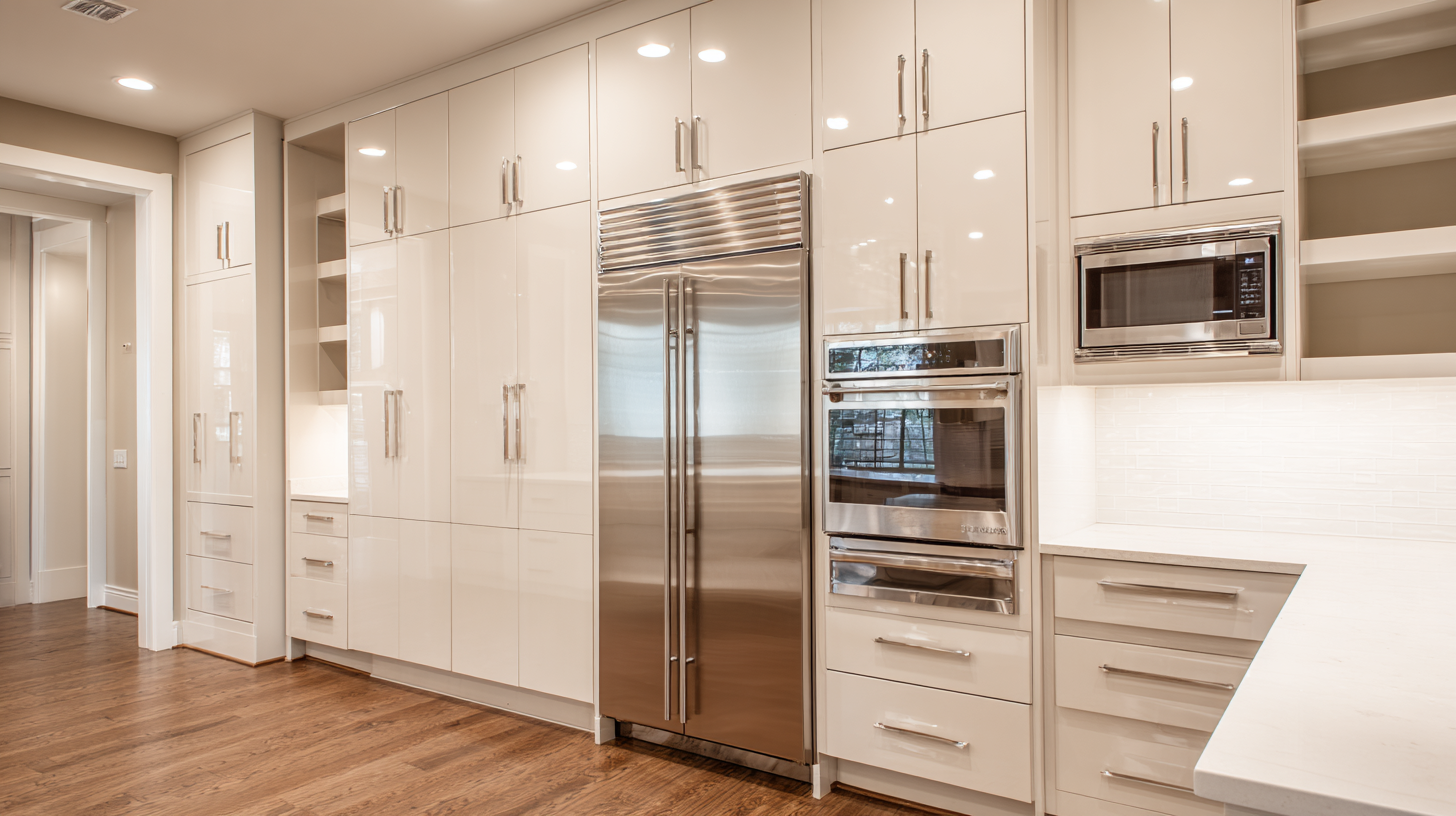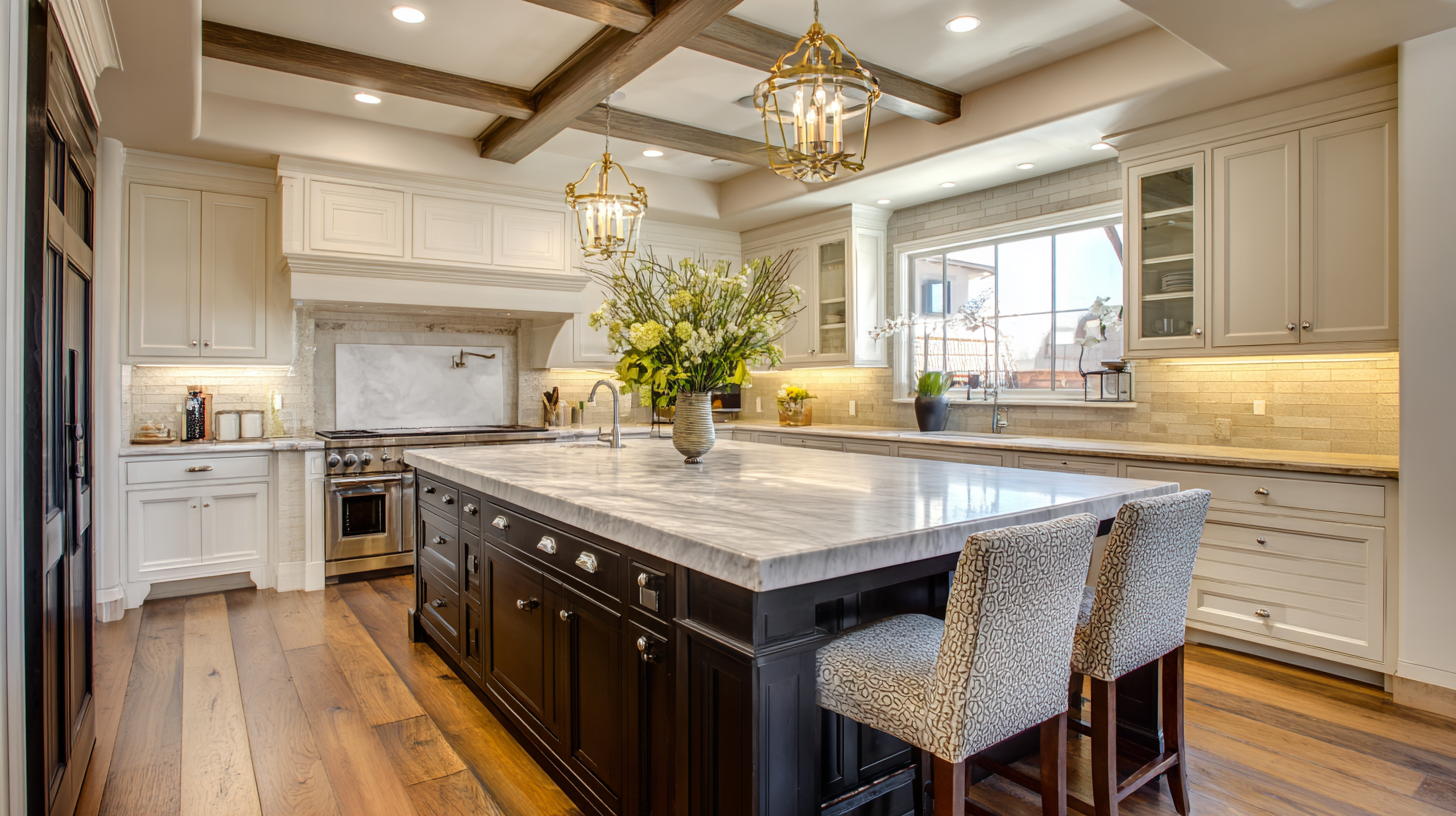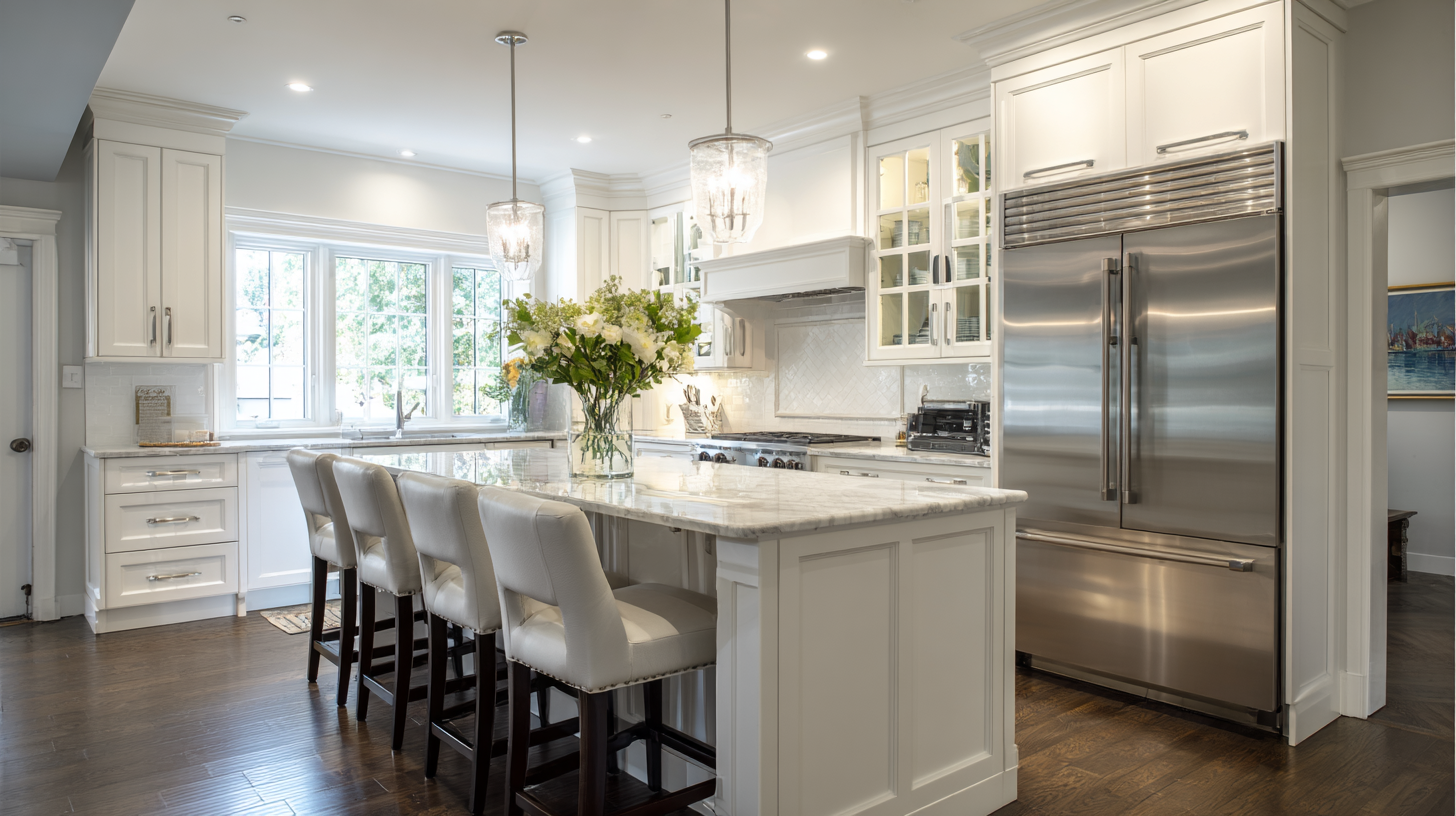The Ultimate Checklist for Sourcing the Best Custom Cabinets Globally
In the ever-evolving landscape of interior design and home improvement, the demand for Custom Cabinets has seen a significant surge, projected to reach a market value of $28 billion by 2025. As homeowners increasingly prioritize personalized and functional living spaces, Custom Cabinets have become more than just storage solutions; they represent a blend of aesthetic appeal and innovative design. According to a recent industry report, customization options have expanded dramatically, with 75% of consumers expressing a desire for tailored solutions that reflect their unique style and needs. This trend emphasizes the importance of sourcing quality materials and skilled craftsmanship, making it essential for designers and homeowners alike to navigate the complexities of the global cabinet market. In this blog, we will provide the ultimate checklist for sourcing the best Custom Cabinets across the globe, ensuring that you stay ahead in this competitive and dynamic industry.

Key Factors to Consider When Sourcing Custom Cabinets Globally
When sourcing custom cabinets globally, several key factors must be meticulously considered to ensure optimal quality and value. One of the foremost elements is understanding the materials used in cabinet production. According to a report by Grand View Research, the global furniture market is projected to reach USD 650 billion by 2025, with a significant portion attributed to custom cabinetry. This underscores the importance of selecting high-quality materials that not only align with aesthetic preferences but also meet durability standards. For instance, plywood remains a popular choice due to its strength and resistance to warping, while solid wood offers timeless appeal but may require careful handling to avoid issues such as shrinkage.
Another critical factor is the sustainability of sourcing practices. A study published by the Forest Stewardship Council indicates that 76% of consumers are willing to pay more for sustainable products. This trend highlights the necessity for manufacturers to adopt eco-friendly practices, such as sourcing timber from certified forests. Additionally, it's crucial to evaluate suppliers based on their compliance with international quality standards, such as ISO 9001. This certification not only reflects a commitment to quality management but also ensures consistent product reliability. By prioritizing these factors, businesses can enhance their sourcing strategies and reinforce their market position in the competitive landscape of custom cabinetry.
The Ultimate Checklist for Sourcing Custom Cabinets Globally
This chart illustrates the key factors considered when sourcing custom cabinets from various regions, highlighting the percentage of buyers who prioritize each factor.
Understanding Different Types of Cabinet Materials and Their Benefits
When sourcing custom cabinets, understanding the various types of cabinet materials is crucial for making informed decisions that align with your design vision and practical needs. Popular materials include plywood, which offers excellent durability and resistance to moisture, making it suitable for kitchens and bathrooms. Its layered construction provides strength while remaining lightweight, giving homeowners the flexibility to create intricate designs without compromising structural integrity.
Another common option is MDF (medium-density fiberboard), known for its smooth finish, making it ideal for painted cabinetry. MDF is relatively cost-effective and can be shaped into intricate designs for more modern aesthetics. However, it is essential to consider its susceptibility to water damage, which can be mitigated by ensuring proper sealing. Solid wood is a timeless choice, celebrated for its classic appeal and sturdiness, but it often comes at a higher price point. The natural variations in wood grain also add a unique touch, making each cabinet one-of-a-kind. By weighing the benefits of these materials, you can find the perfect balance between style, durability, and budget for your custom cabinets.

The Importance of Certifications and Industry Standards in Cabinet Manufacturing
When sourcing custom cabinets, understanding the importance of certifications and industry standards is crucial for ensuring quality and compliance. According to a report by the Kitchen Cabinet Manufacturers Association (KCMA), approximately 85% of manufacturers endorse stringent adherence to third-party certifications, which can significantly enhance product credibility. These certifications not only attest to the quality of materials used but also to the manufacturing processes that minimize environmental impact. For instance, cabinets marked with the Greenguard certification can indicate low chemical emissions, creating healthier indoor environments.
Moreover, adherence to industry standards such as the American National Standards Institute (ANSI) and the International Organization for Standardization (ISO) ensures that manufacturers maintain consistent quality control measures. A study from the Woodworking Network highlights that companies incorporating these standards experience a 30% reduction in product returns and complaints, showcasing the direct correlation between compliance and customer satisfaction. By prioritizing certifications and standards, buyers can make informed decisions that lead to long-lasting and sustainable custom cabinetry solutions.
Evaluating Supplier Capabilities: Production Capacity and Lead Times
When sourcing the best custom cabinets globally, evaluating supplier capabilities is crucial, particularly regarding production capacity and lead times. Efficient suppliers should demonstrate robust production capabilities, which is not just about machinery but also skilled labor and streamlined processes. Reports indicate that companies leveraging AI in their supply chain management can enhance production forecasts by up to 30%, showcasing the importance of technology in identifying suppliers who can meet your demands effectively.
Tips: When assessing potential suppliers, request detailed information about their operational capacity, including maximum output rates and the technology they deploy. This can give you insights into their ability to handle large orders and adapt to changing demands.
Lead times are equally important, as they directly impact your project timelines and customer satisfaction. A recent study highlighted that organizations optimizing their supply chain processes can reduce lead times by up to 20%. Understanding a supplier's historical lead times and their flexibility in times of peak demand will help you choose a partner that aligns with your business needs.
Tips: Always ask for a clear timeline of production stages and delivery, and consider including penalties for late delivery in your contracts to encourage reliability.
Cost Analysis: Comparing Pricing Structures of Global Cabinet Manufacturers
When embarking on the journey to source the best custom cabinets, understanding the cost structures of global manufacturers is essential. Different regions offer varying pricing due to factors such as labor costs, material availability, and shipping expenses. For instance, cabinetry produced in Asia may have significantly lower labor costs, while European manufacturers might emphasize craftsmanship and premium materials, leading to higher prices. Conducting a thorough cost analysis not only helps in budgeting but also ensures that you are comparing apples to apples when evaluating quotes.

Tip: Create a spreadsheet to track the costs associated with each manufacturer, including production time and shipping fees. This visual comparison will facilitate better decision-making.
Moreover, consider the hidden costs that can impact your overall expenses. Import duties, taxes, and potential tariffs can inflate the final price of cabinets sourced internationally. It’s crucial to ask manufacturers detailed questions about these costs upfront.
Tip: Always request a detailed breakdown of the pricing from each supplier. This will help you identify any unexpected charges and make a more informed choice regarding quality versus price. Analyzing these factors will not only save you money but will also ensure that you receive value in your custom cabinet investment.

